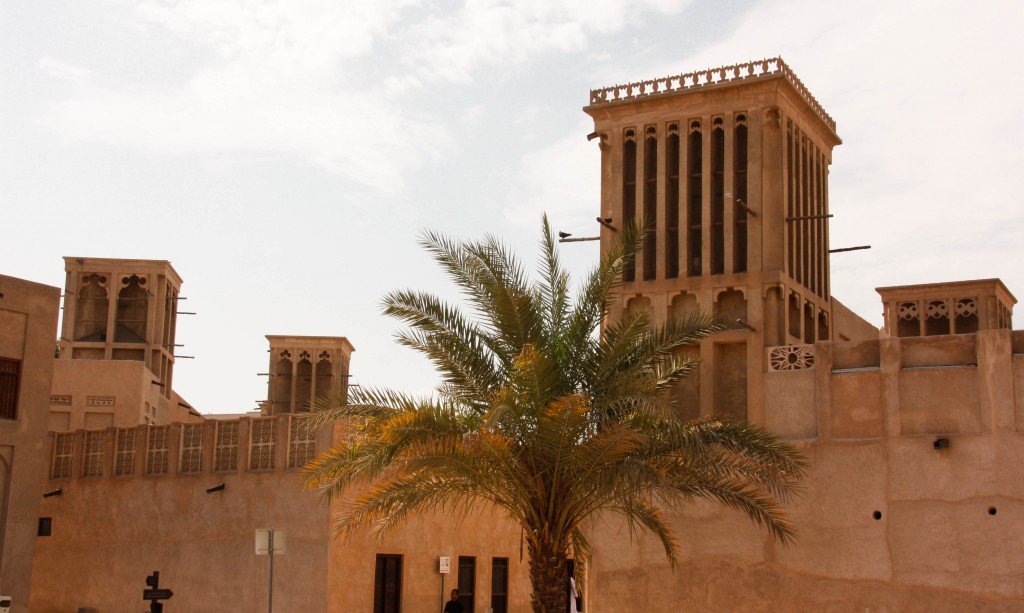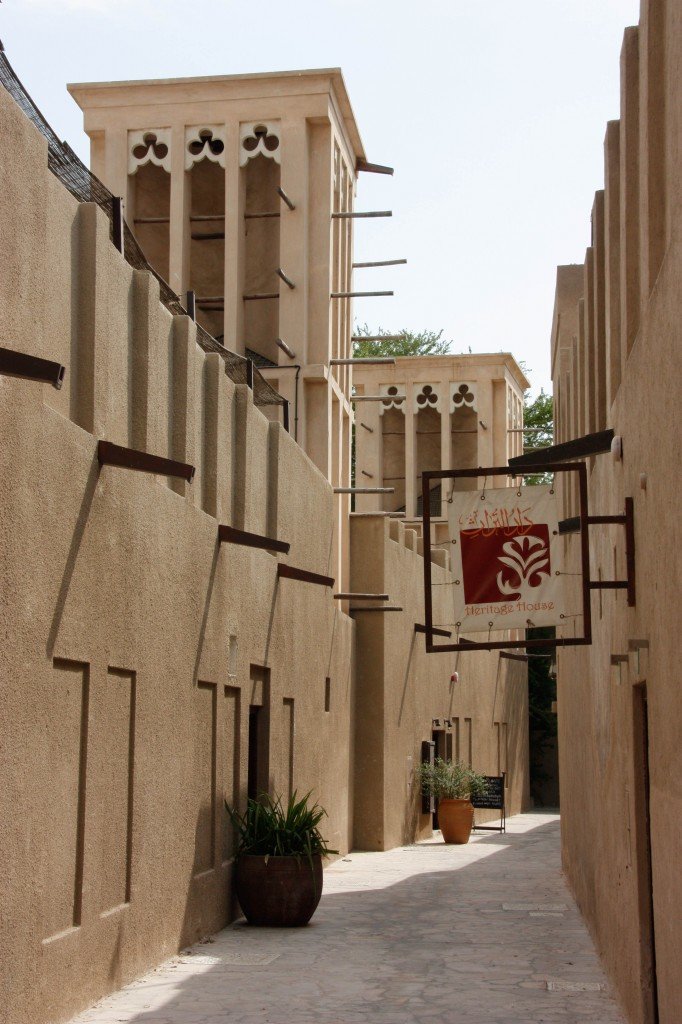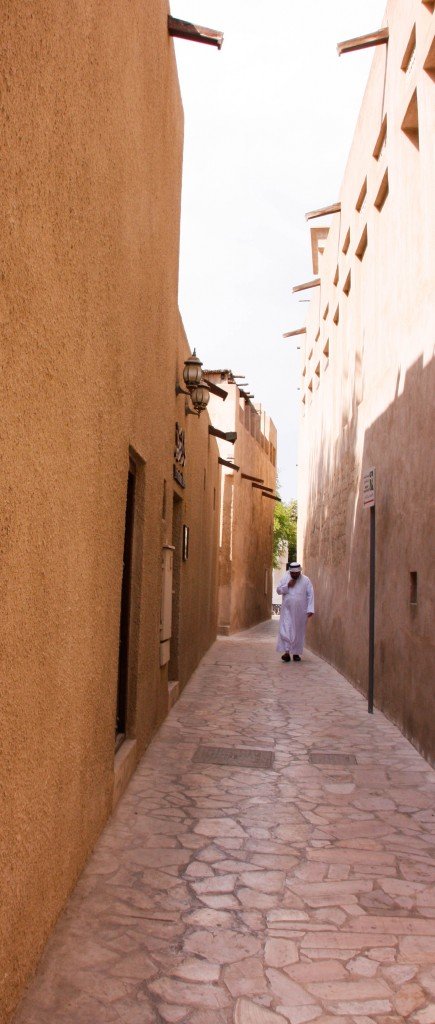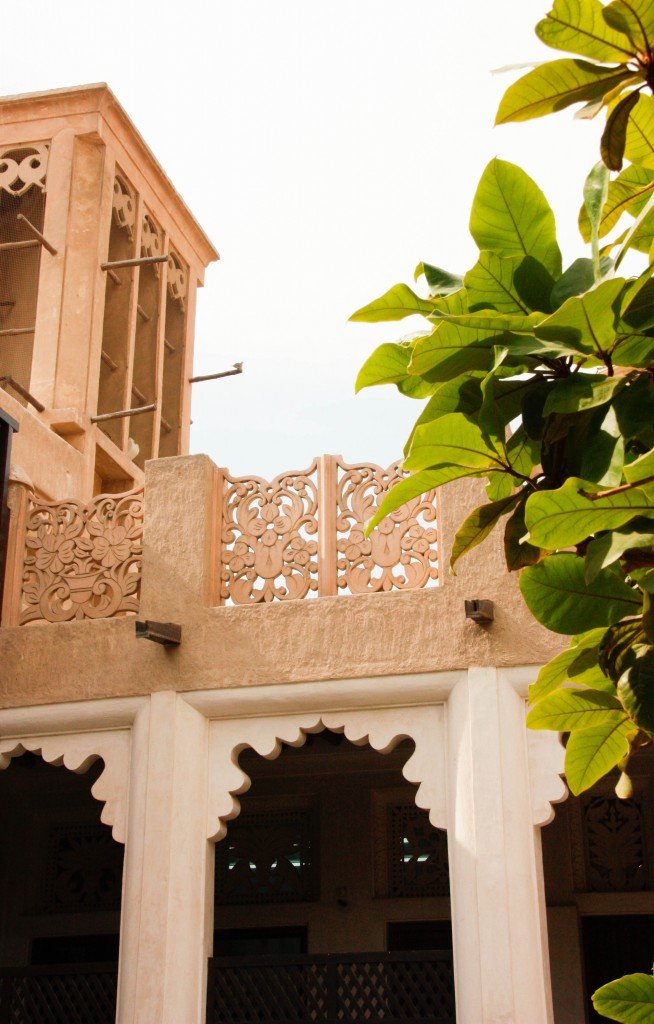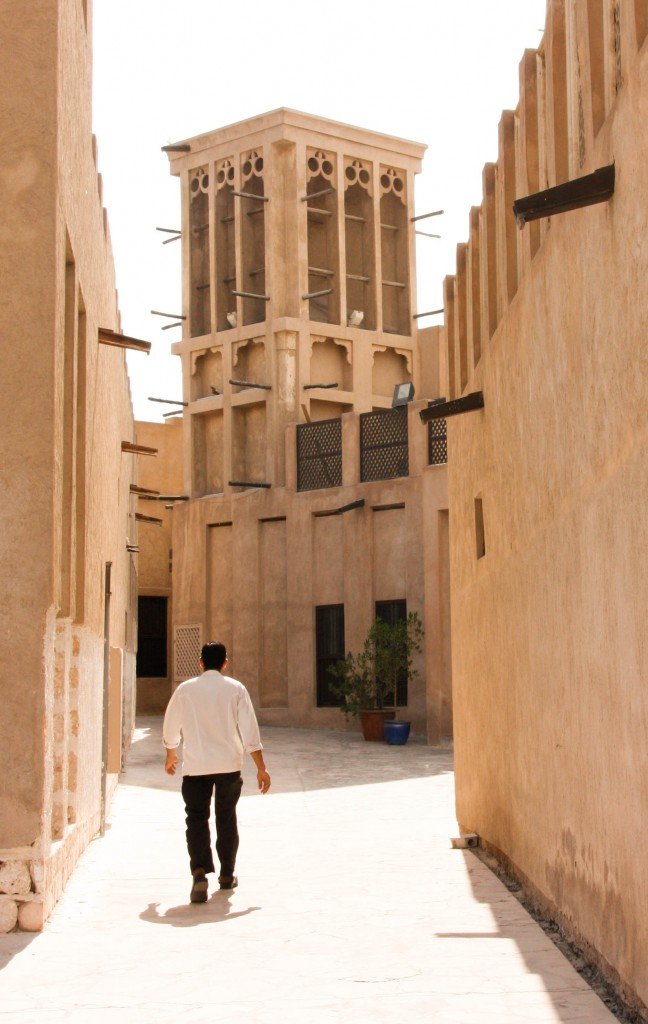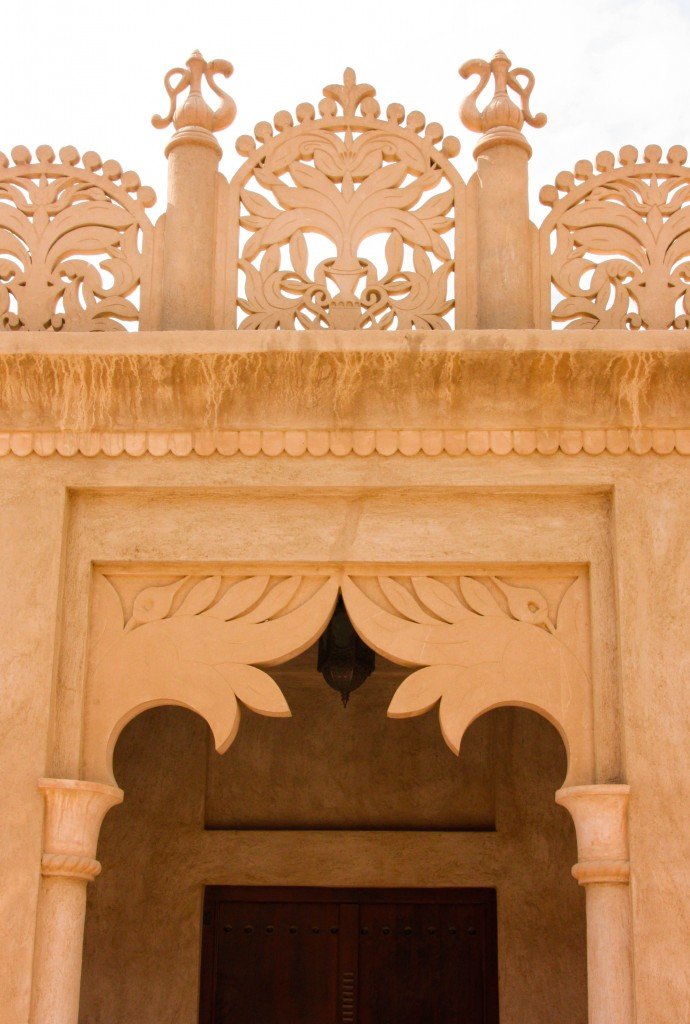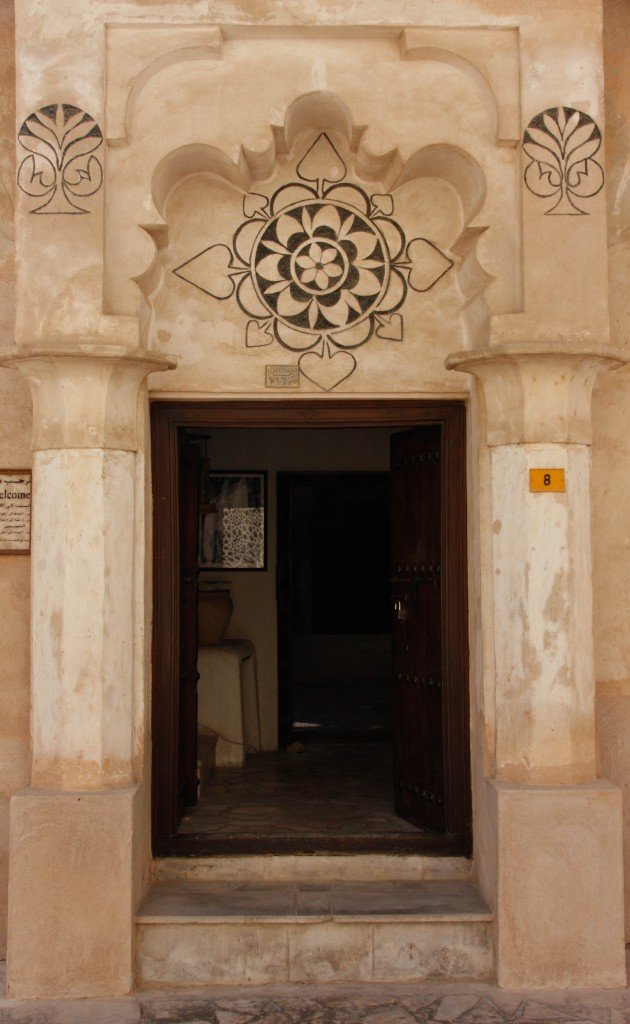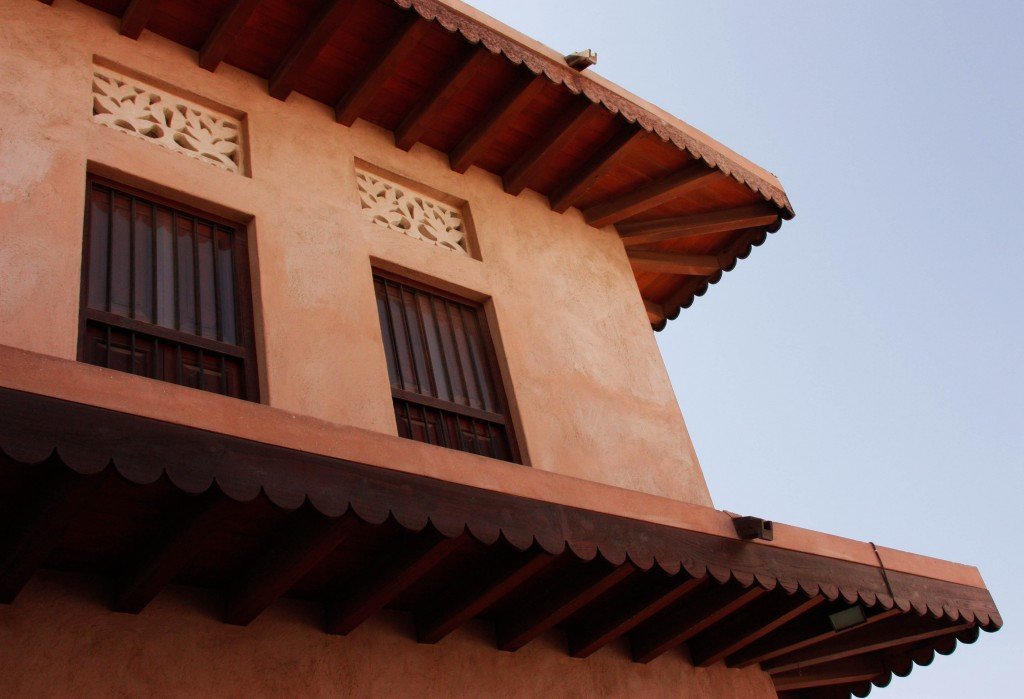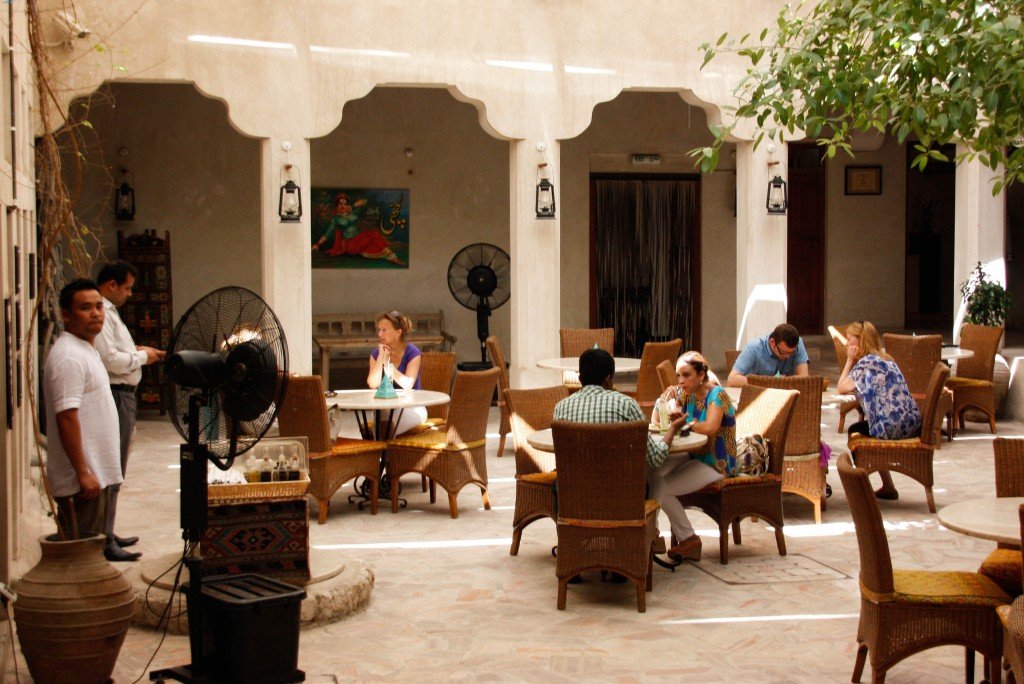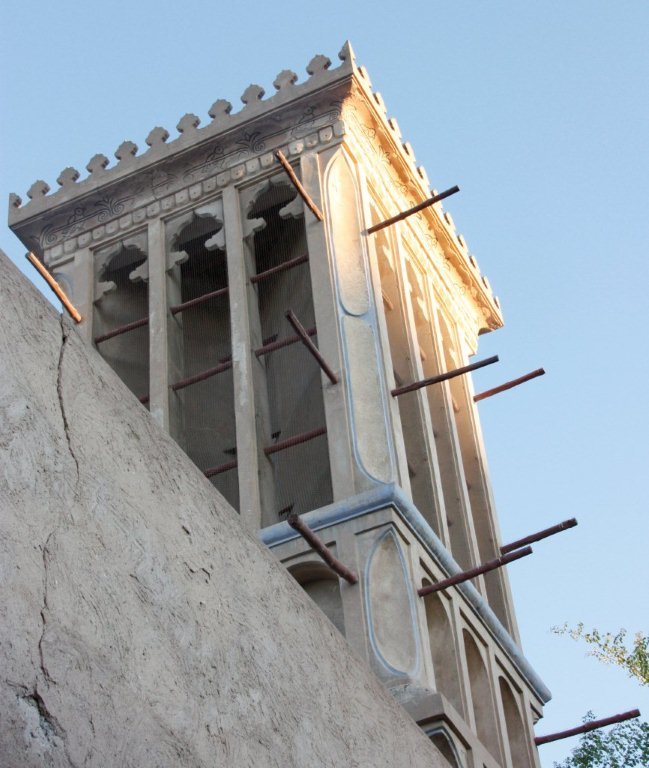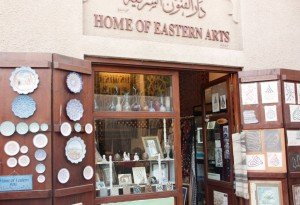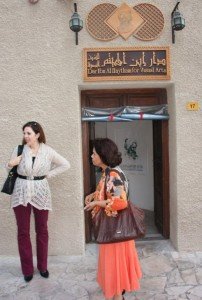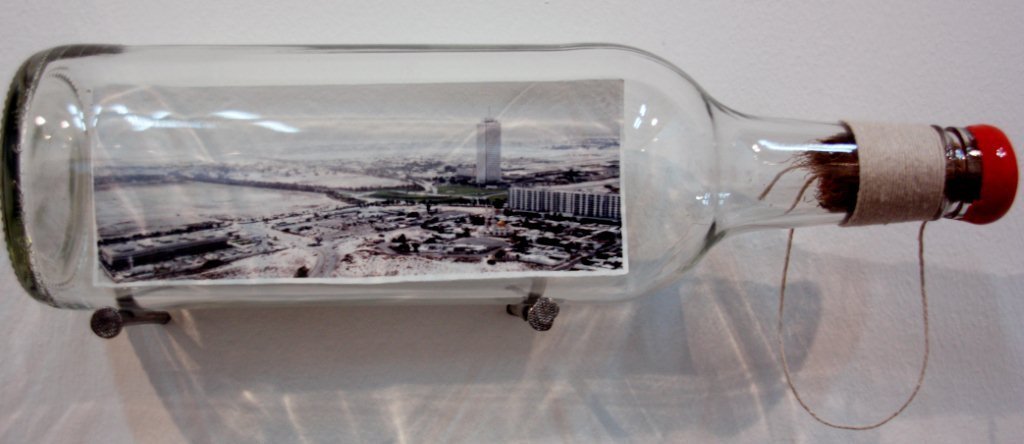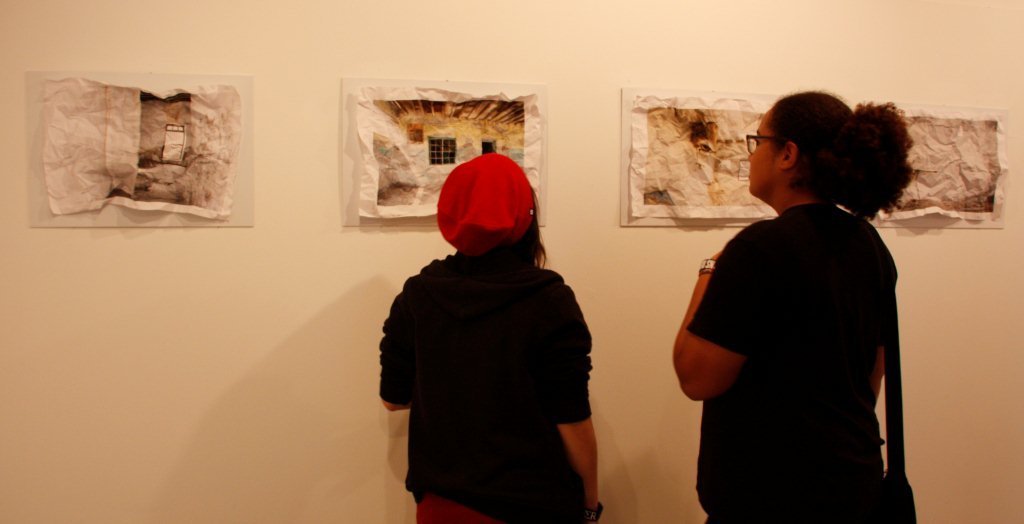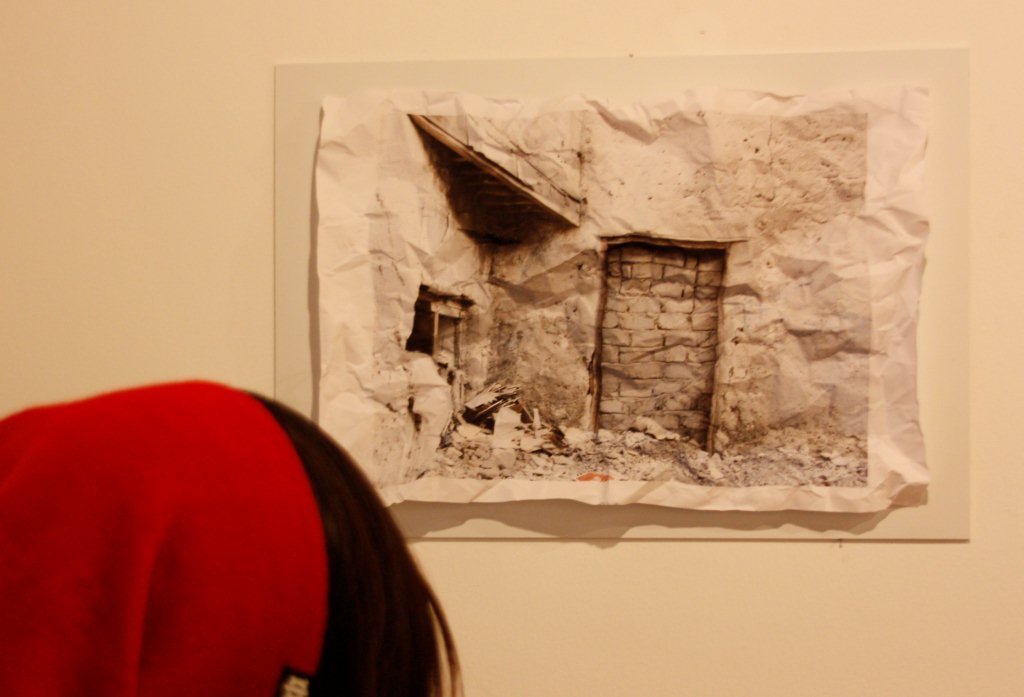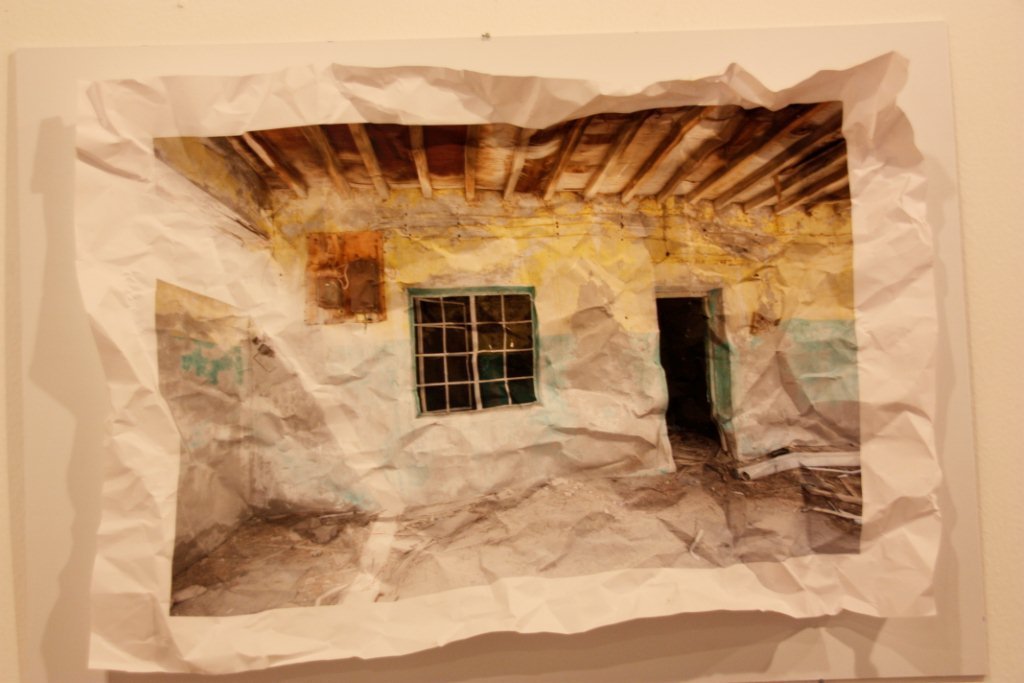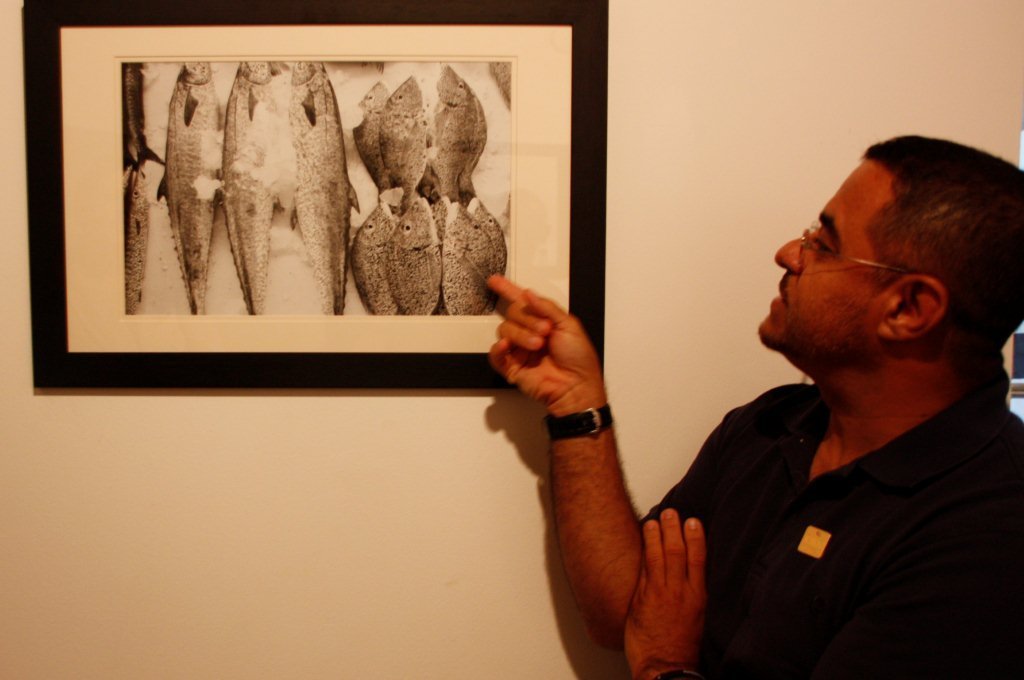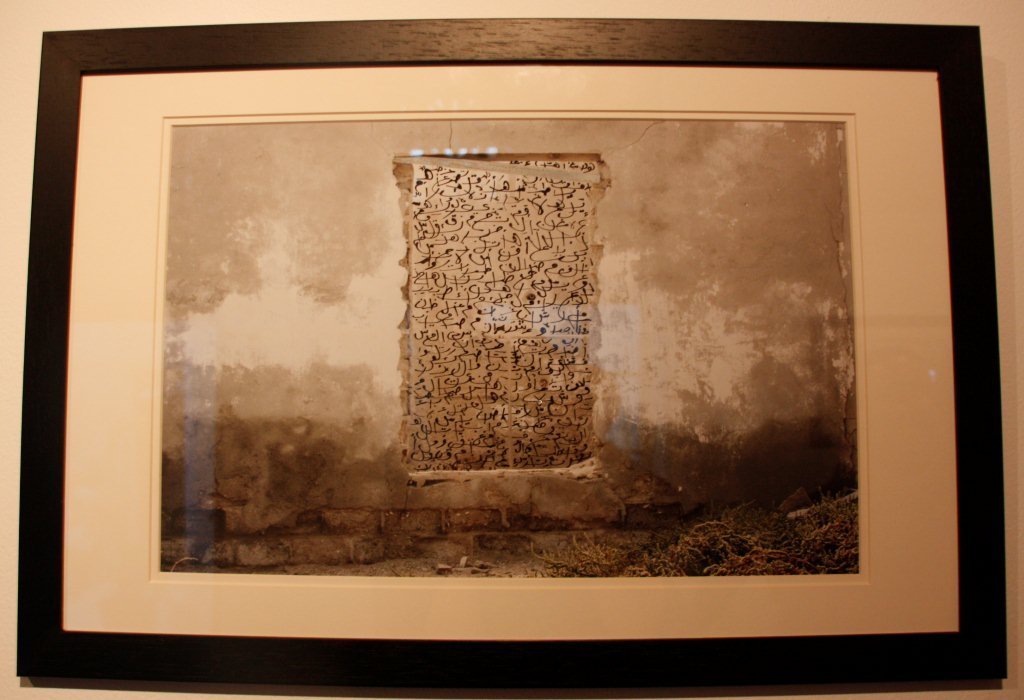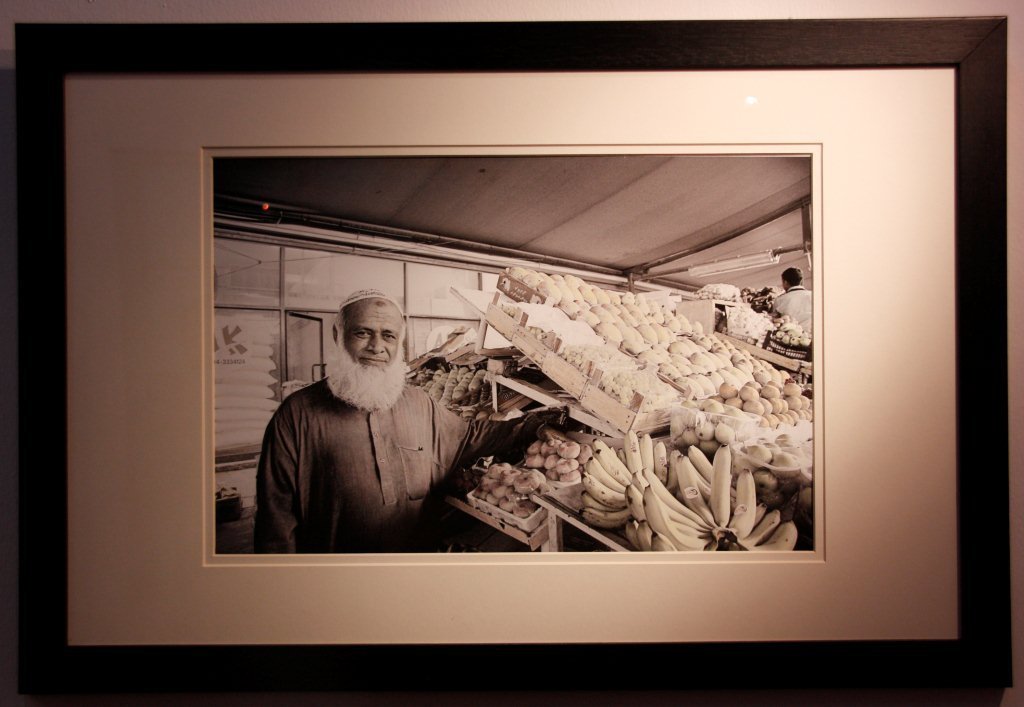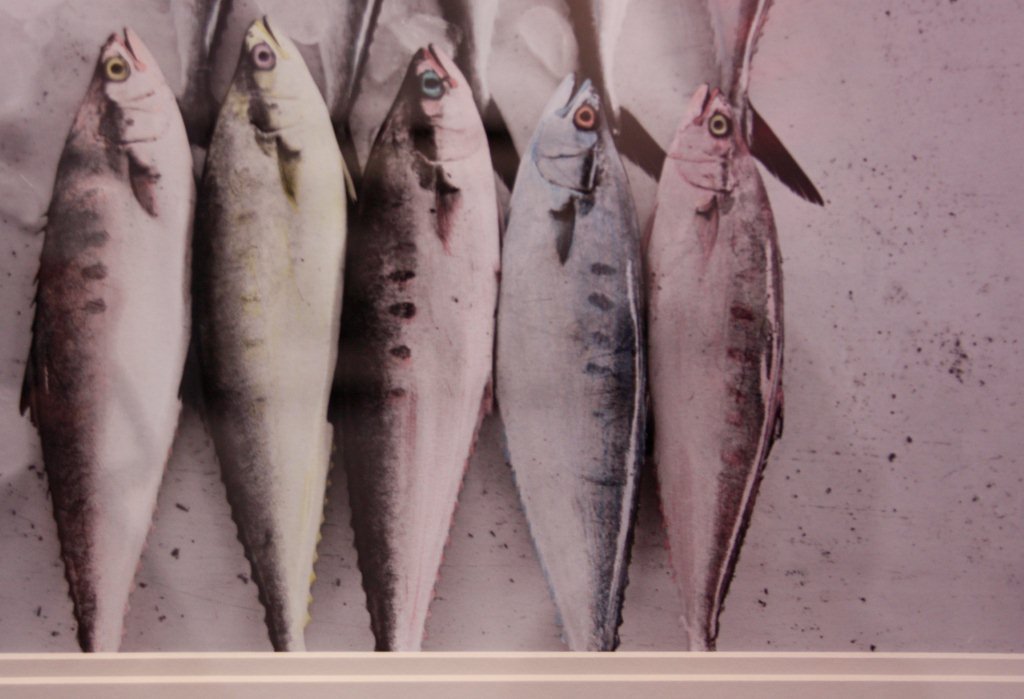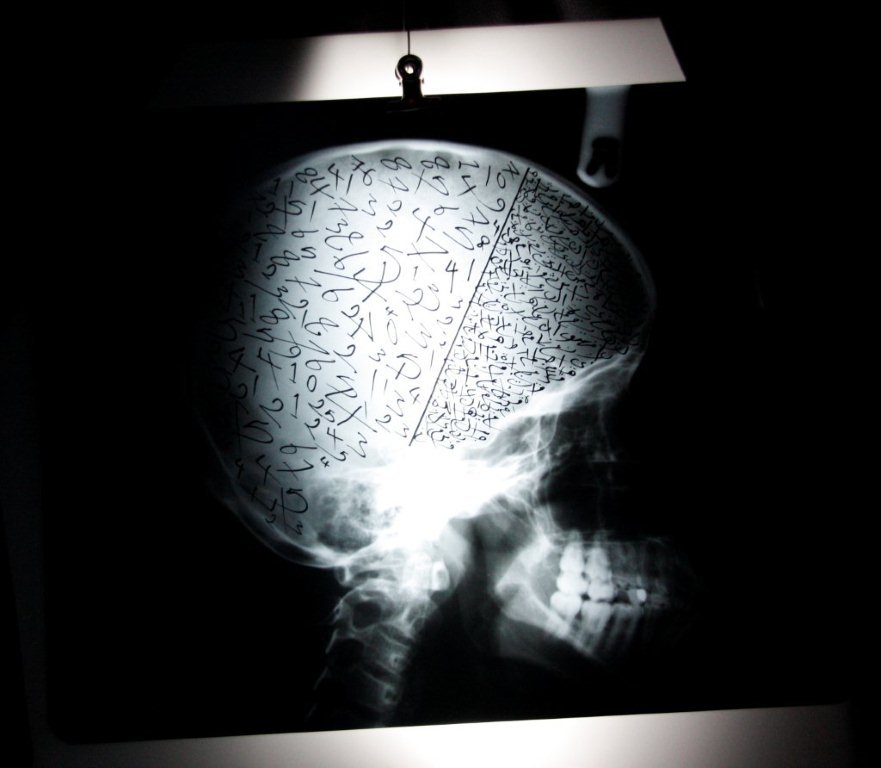Bastakia Quarter ~ Rich in Dubai History
To those who say Dubai is “not real,” I say: Get out of the hotels and malls. Venture down to one of the oldest neighborhoods in Dubai—Al Bastakia Quarter. Here, you’ll step into Dubai’s past and get a glimpse of what Dubai looked like in the days before oil.
Bastakia, located along the Dubai Creek, is known for its traditional homes, wind towers, and labyrinth of narrow alleyways. Today the restored quarter is filled with art galleries, cafés, museums, and boutique hotels.
Rich in History
Traditionally a stronghold of rich merchant residents, Bastakia dates back to the 1890s when it was settled by pearl and textile traders from the Bastak region of Iran. Today many of the traditional homes are open to the public. When you enter one and step into its interior courtyard, you can imagine the beauty and comfort that these well-to-do merchants created for themselves.
Wind Towers
The distinctive architectural feature of Bastakia is the wind tower (barjeel in Arabic). Apparently, every house in Bastakia has at least one. In the early days, the number of wind towers indicated the wealth of the owner.
A symbol of UAE culture and heritage, the wind tower is not just ornamentation, but an early form of air conditioning. The open towers allow cool breezes to circulate around the inside while letting hot air to rise and escape.
Architectural Details
In addition to the courtyards and wind towers, Bastakia also features lovely traditional details, such as carved wooden doors, decorative grilles, hanging oil lamps, and wooden lattice.
The ceilings and roofs of these traditional homes are constructed with hardwood from Zanzibar.
Heritage Nearly Lost
After the discovery of oil in 1966, the merchants gradually moved out of Bastakia to other neighborhoods, and Bastakia began to house migrant workers. In the 1970s, half of Bastakia was destroyed to make way for a new office for the Ruler. The rest of the area fell into disrepair (except for the Majlis Art Gallery).
Prince Charles Visits
By 1989, the Dubai Municipality was scheduled to demolish Bastakia. That same year Prince Charles was planning a visit to the UAE. During his visit to Dubai, the prince, known for his love of architecture and historic buildings, asked to see Bastakia.
Legend has it that Prince Charles urged his hosts to preserve Bastakia. Soon after, the decision to demolish Bastakia was reversed. Later, in 2005, the Dubai Municipality initiated a project aimed at restoring the quarter.
Art Galleries
Today Bastakia is filled with art galleries and cafés. Earlier I did a post about the Dar Ibn Al Haytham for Visual Arts located in Bastakia. Another gallery is the XVA Gallery, which features contemporary art with a shady courtyard café.
Meanwhile, the Majlis Art Gallery is the most well-known and oldest commercial art gallery in Dubai. The gallery opened in the 1970s and was one of the first Bastakia homes open to the public. The Majlis Gallery, which showcases both UAE-based and international artists, is named for the cushioned meeting room found in traditional Arab homes (the majlis).
For many years, the beloved Basta Art Café was located next to the Majlis Gallery. However, that café is no more. Now in its place is the Arabian Tea House Café.
Also Noteworthy
In one of Bastakia’s most elegant buildings, the Sheikh Mohammed Centre for Cultural Understanding offers cultural breakfasts and lunches, as well as heritage tours and walking tours of the area.
If you’d like to see a real fort, the Dubai Museum is housed in Al Fahidi Fort, the oldest existing building in the city. This museum tells the history of Dubai, and it takes only an hour to see everything, (as the history of Dubai is short).
Did you know?
Prince Charles is known for helping to save Bastakia; however, someone else was involved. Before the prince’s visit, British architect Rayner Otter had taken up residence in one of the houses in Bastakia and undertook renovations within. When Rayner Otter heard about the plans to demolish the neighborhood, he wrote a letter to Prince Charles. And the rest is Dubai history.
Question: What are your impressions of Bastakia?

